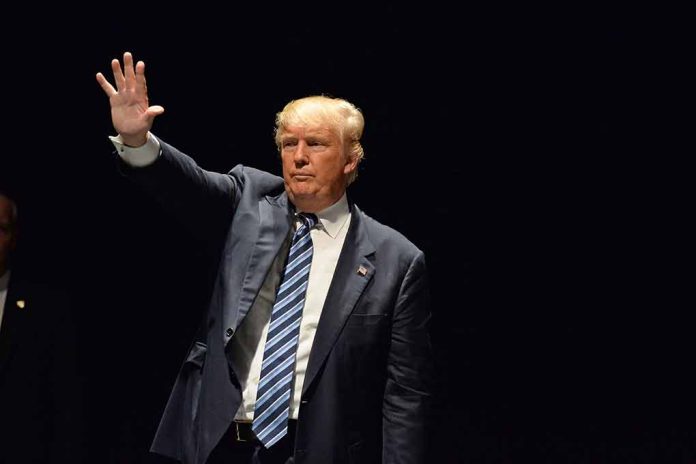
President Trump signs executive order for Medicare drug reform, but critics warn some changes could actually increase costs for seniors.
Key Takeaways
- President Trump signed an executive order aimed at lowering prescription drug prices through various measures, including allowing states to import medications from Canada.
- The order aims to improve Medicare’s drug price negotiation program, originally established under the Biden administration’s 2022 Inflation Reduction Act.
- Some directives could potentially delay the timetable for drugs to become eligible for Medicare price cuts, which critics warn might increase costs.
- The administration plans to revive a program providing low-cost insulin and epinephrine to low-income individuals.
- Health and Human Services Secretary Robert F. Kennedy Jr. is instructed to work with Congress to address imbalances in the negotiation program between different types of drugs.
Trump’s Executive Order on Drug Pricing
President Trump has taken action to address prescription drug costs for Medicare beneficiaries through a new executive order. The directive aims to build upon and modify aspects of the drug price negotiation program established by the Inflation Reduction Act in 2022. Among the key provisions, the order allows states to import medications from Canada, potentially opening access to lower-priced pharmaceuticals. The administration asserts this approach will deliver greater savings to seniors than previous efforts, though some healthcare experts have expressed concerns about certain aspects of the plan.
The Medicare drug price negotiation program, initially approved by a Democratic-controlled Congress and supported by former President Biden, began with price negotiations for 10 drugs in 2024. Under the current schedule, 15 more medications are slated for negotiation this year. While the Biden administration’s negotiated prices will take effect in 2026, any changes implemented through Trump’s executive order would not impact beneficiaries until 2027 at the earliest. This timing difference has become a point of contention among policy analysts assessing the potential benefits.
Potential Cost Implications
Some healthcare policy experts have raised concerns that one directive in the executive order could potentially increase drug prices by altering aspects of the 2022 law governing Medicare’s drug spending. The change could delay the timetable for certain drugs to become eligible for Medicare price cuts, potentially leading to billions of dollars in increased Medicare drug spending compared to the current law. However, the executive order does specify that changes to the Medicare price negotiation program should include reforms to prevent increased costs to Medicare and its beneficiaries.
President Trump signed an Executive Order and announced actions to lower prescription drug prices:
-Deliver lower drug prices for Medicare
-Provide massive discounts to low-income patients for life-saving medications
-Facilitate importation programs to save states millions in… pic.twitter.com/qRf51KveWo— Libs of TikTok (@libsoftiktok) April 16, 2025
The executive order specifically addresses what the administration describes as an imbalance in Medicare’s drug price negotiation program between small molecule drugs and biologics. Health and Human Services Secretary Robert F. Kennedy Jr. has been instructed to collaborate with Congress to address this disparity. Additionally, the action seeks to align Medicare drug prices with hospital acquisition costs and standardize payment across different care settings, which could potentially create more pricing consistency throughout the healthcare system.
Additional Healthcare Initiatives
Beyond the Medicare negotiation program modifications, the executive order includes several other healthcare initiatives. The administration plans to revive a program designed to provide low-cost insulin and epinephrine to low-income individuals, addressing two medications that have faced significant pricing controversies in recent years. The Food and Drug Administration is also being directed to facilitate state importation programs and streamline approval processes for generic drugs and biosimilars, potentially bringing more lower-cost alternatives to market.
While the executive order makes several promising commitments to lower drug costs, some healthcare analysts have pointed out that the new policies appear less ambitious than those proposed during Trump’s first term. There are also concerns about how potential tariffs on imported pharmaceuticals, which have been discussed separately by the administration, could ultimately increase consumer costs and potentially offset savings achieved through other measures. The full impact of these changes will depend significantly on implementation details and coordination with congressional action.
Sources:
Trump Seeks to Lower Drug Prices Through Medicare and Some Imports
Trump signs healthcare executive order that includes a win for pharma companies
Trump signs executive action to lower drug prices













